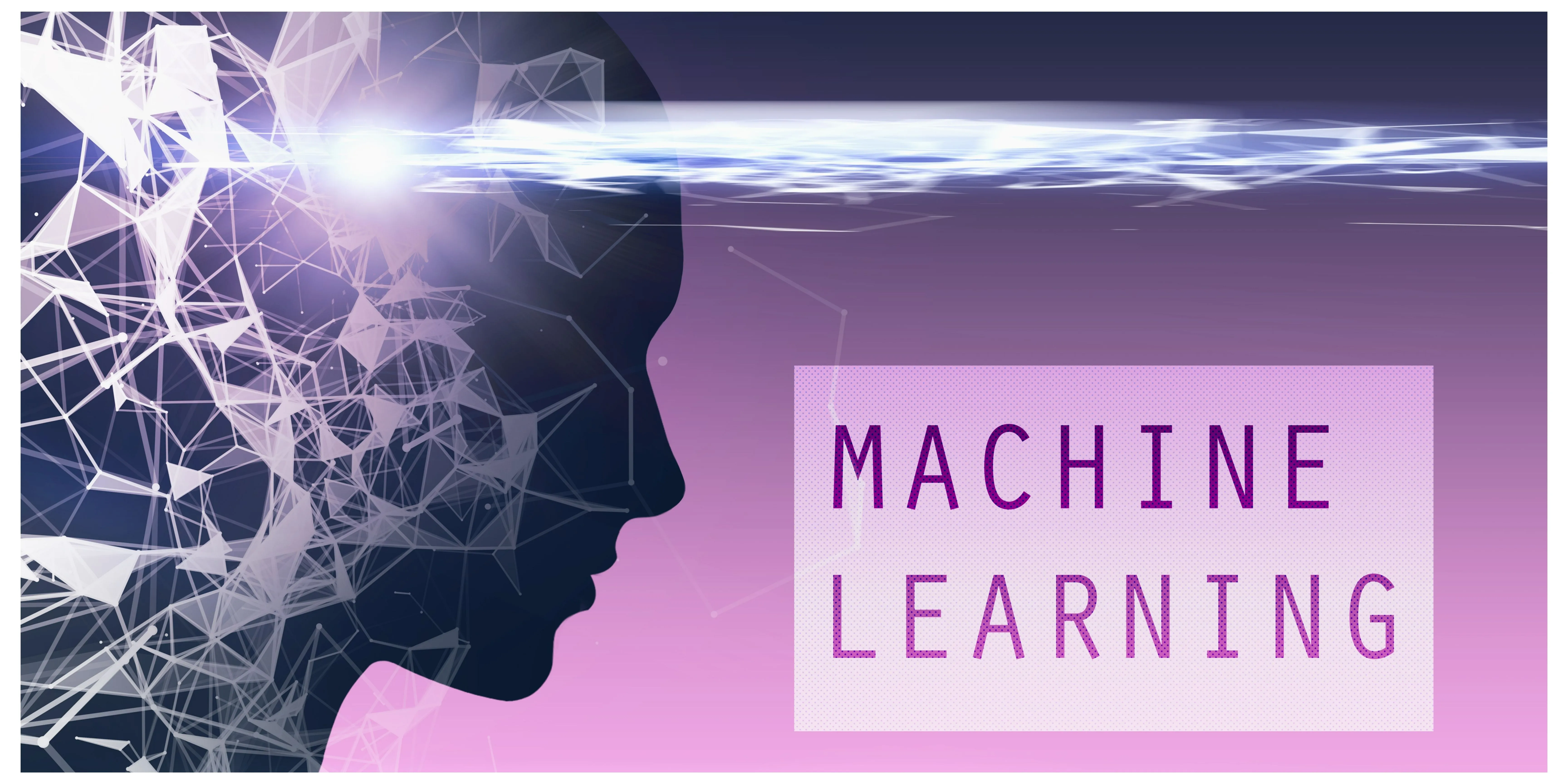
Machine learning is a multidisciplinary field crossing the boundaries of maths, engineering, and software development. Machine Learning is the practice of using ML algorithms to decipher data and learn from it, and then make predictions using the acquired knowledge. It is the process of making the machines efficient enough so that it becomes ‘artificially intelligent’ and processes the given data just by keeping previous tasks in its memory without using any extensive coding routines.
For example, when you upload a photo on Facebook, it can recognize a person in that photo and suggest you, mutual friends. ML is used for these predictions. It uses data like your friend-list, photos available etc. and it makes predictions based on that.
Machine Learning is a great technology to work with. It gets joyful when you learn to use it in the right way. Once you learn how to use the tools of ML, it becomes very convenient. You can play around with data, train your own models, create your own algorithms, and discover new methods. This can all be possible once you master the use of Machine Learning tools.
Tools for Machine Learning
- Scikit-Learn:
Scikit-Learn is an open-source machine learning package. It is a unified platform as it is used for multiple purposes. It assists in regression, clustering, classification, dimensionality reduction, and pre-processing. Scikit-Learn is built on top of the three main Python libraries viz. NumPy, Matplotlib, and SciPy. Along with this, it will also help you with testing as well as training your models.
- Tensor Flow:
TensorFlow is a popular open-source library created by the Google Brain team to develop and train both machine learning and deep learning models. It provides a JavaScript library which helps in machine learning. APIs will help you to build and train the models.
- Knime:
Knime is an open-source Machine Learning tool and it is GUI based. It does not require prior coding knowledge. You can still perform operations using the facilities provided by Knime. It is a learning tool for data analytics, reporting and integration platforms. Using the data pipelining concept, it combines different components of machine learning and data mining.
- Weka:
Waikato Environment for Knowledge Analysis (WEKA), is a free software licensed under the GNU General Public License for data mining. These algorithms can either be applied directly to a dataset or called from your own Java code. It is also well-suited for developing new machine learning schemes. It can be considered more of an educational tool rather than an industrial tool because it provides a great learning path for beginners.
- Pytorch:
Pytorch is a deep learning framework. It is very fast as well as flexible to use. This is because Pytorch has a good command over the GPU. It is one of the most important tools of machine learning because it is used in the most vital aspects of ML which includes building deep neural networks and tensor calculations.
- Accord.Net:
It is a .Net machine learning framework which is combined with image and audio processing libraries written in C#. This framework consists of multiple libraries for a wide array of applications, i.e., pattern recognition, statistical data processing, and linear algebra.
- Shogun:
Shogun is an open-source machine learning solution that focuses on Support Vector Machines (SVM). It is written in C++. This framework offers a wide range of unified machine learning methods based on reliable and understandable algorithms. Shogun can also be used by regular programmers for a wide range of standard and cutting-edge tasks.
- Google ML Kit for Mobile:
If you are a mobile app developer, then, Google’s Android Team brings an ML KIT which packages up the expertise of machine learning and technology to create a more robust, optimized and personalized apps to run on a device. You can use this machine learning software tool for face detection, text recognition, landmark detection, image labelling, and barcode scanning applications.
- Apache Singa:
This ML software is widely used in image recognition and natural language processing. It also supports a wide gamut of popular deep learning models. It has 3 major components: IO, Core, and Model.
- Azure Machine Learning studio:
Azure machine learning studio is launched by Microsoft. Just like, Google’s Cloud AutoML, this is Microsoft’s product which provides machine learning services to the users. Azure machine learning studio is a very easy way to form connections of modules and datasets. Along with this, Azure also aims to provide AI facilities to the user. Just like TensorFlow, it also works on CPU and GPU.
- IBM Watson:
IBM Watson is a web interface that is given by IBM for using Watson. Watson is a human interaction Q & A system which is based on Natural Language processing. Watson is applied in various fields such as automated learning, information extraction etc.
- Apache spark MLlib:
Apache Spark MLlib is a data processing framework that has an expansive database of algorithms. MlLib is a library that uses Spark, the cluster computing framework. MLLIB comes with very good speed as well as efficiency. It distributes computing between computers, and that is its main advantage. It is also used for regression, feature extraction, classification, filtering, etc.
Conclusion:
The demand for intelligent technology is greater than ever as the globe undergoes a tremendous digital change. Machine learning plays a vital role in our day to day lives and ML tools have made our lives seem pause-free as every important task is a touch and seconds away. These tools provide a user-friendly interface to tasks which may seem hectic and difficult. These tools are currently in use in the industry and use different languages like some run on C++, some on Python and some on Java. This shows us how vast ML has become.
Relevant Courses You May Be Interested In:







